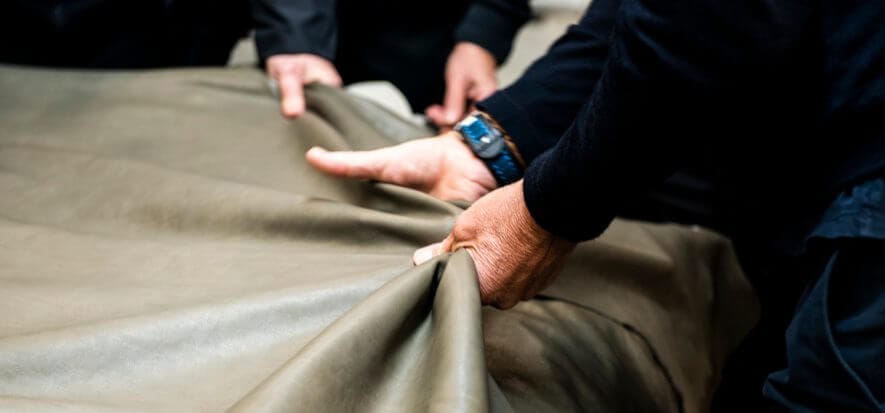Italian leather has solid foundations and strong resilience, claims UNIC – Italian Tanneries. But the cost emergency, already triggered by the pandemic and exacerbated by the Ukraine conflict’s consequences, has made the situation unsustainable. During the General Council meeting held on 31 August, the board of the association, a member of Confindustria Moda, raised the alarm that the economic crisis has been jeopardising the leather industry.
Given that UNIC Economic Department has calculated that nowadays the total cost of production of finished leather in Italy has risen on average by at least 12.1% per square metre if compared to last year (without considering the fluctuating price of raw hides and skins), the picture becomes more serious. “We see our efforts to overcome the period of the health emergency thwarted,“ Fabrizio Nuti, president of UNIC, commented in a note. ”Today, the competitiveness and the survival of many of the 1,100 companies in the sector are at risk”.
The impact of the emergency cost
UNIC Economic Department has calculated, as we said, the impact of the present inflationary wave on the overall production cost of a square metre of finished leather in Italy. And the +12.1% they point out, does not consider fluctuations in the purchase price of raw hides and skins. Compared to 2021, the difference is made up by ‘solid increases in unit expenditure for energy (+360% for gas and electricity),’ the press release states. But the cost increases of other items, such as ‘water purification (+42%), chemicals (+31%), and third-party processing (+24%)’ also had a major impact. Should the current cost trends of the same factors “continue in the coming weeks,” warn UNIC, “we expect a further average increase of 5.5% in next three months at the end of the year”.
System response
‘At the end of June,’ Nuti declares, ‘I was asking for supply chain solidarity, which would allow tanneries to adjust their prices to the inflationary boom. It was and it is a real necessity. It is no longer possible for companies to sustain increases that do not only concern the extra costs of energy materials, which are now completely out of control and with dynamics that make it almost impossible to forecast budgets and future strategies, but almost all the main running costs of a tannery’. At stake is the resilience of an entrepreneurial system that makes excellence and sustainability its hallmarks. And on which 18,000 employees, i.e. 18,000 families, rely. On the eve of Lineapelle 100, this is why UNIC calls for ‘a strong awareness and a joint effort by everyone, companies and institutions‘.
Read also:










